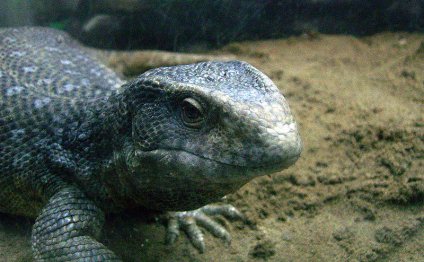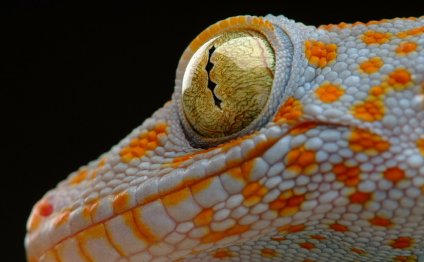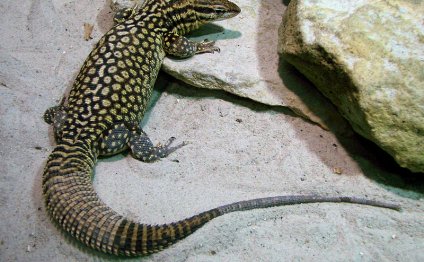
Best pet Reptiles
Both species breed reliably, and a wide variety of color morphs are available. Please see the articles linked below for detailed information.
Cost
Bearded Dragons require larger terrariums and higher temperatures than do Leopard Geckos, and must be provided with a source of UVB radiation (Leopard Geckos and other nocturnal lizards get along fine without UVB bulbs). Therefore, Leopard Geckos are the less-expensive pet, in terms of supplies and electricity use.
Terrarium Size (single adult)
Leopard Gecko: 10-20 gallon (larger is preferable)
Bearded Dragon: 30 gallon
Temperature
Leopard Gecko: 72-85 F, with a basking site of 88 F
Bearded Dragon: 75-88 F, with a basking site of 95-110 F
Lizard Diet
Leopard Geckos are carnivorous. Young Bearded Dragons feed largely upon insects, adding plants to the diet as they mature.
Both require highly varied diets comprised of vitamin/mineral supplemented roaches, silkworms, crickets and other invertebrates. Bearded Dragons also need various greens and, perhaps, a high quality commercial food. Mealworms and crickets alone, even if sprinkled with supplements, are not an adequate diet for either lizard. Please see the articles linked below for more information on diet.
Health Concerns (Pet and Pet Owner)
Intestinal impactions that result from the ingestion of sand and gravel are perhaps the most commonly-encountered health concern (both species). This can be avoided by the use of cage liners, or by feeding your lizards in large bowls, via tongs, or in a separate, bare-bottomed enclosure. Young lizards, being clumsy hunters, are more likely to swallow substrate than are adults.
Diseases related to poor nutrition are common among lizards maintained on crickets and mealworms alone, and in Bearded Dragons that do not receive adequate UVB exposure (Vitamin D3 is manufactured in the skin, in the presence of UVB). Both species sometimes refuse food in the winter, even if kept warm (please see this article for further information).
Atadenovirus infections are becoming increasingly common among Bearded Dragons. Unfortunately, the resulting “Wasting Disease” or “Star Gazing” is incurable. Please see this article for further information.
Salmonella bacteria, commonly present in reptile and amphibian digestive tracts, can cause severe illnesses in people. Handling an animal will not cause an infection, as the bacteria must be ingested. Salmonella infections are easy to avoid via the use of proper hygiene. Please speak with your family doctor concerning details, and feel free to post below if you would like links to useful resources.
RELATED VIDEO



Share this Post
Related posts
Colorful lizard
A very large species of chameleon that is endemic to forests in eastern and northern Madagascar. They reach up to 68 cm (27…
Read MoreWhat is the Best Reptiles pet?
Question: Is there a kind of frog that makes the best pet? I’d like one with the sticky toes that climbs well on your arm…
Read More











